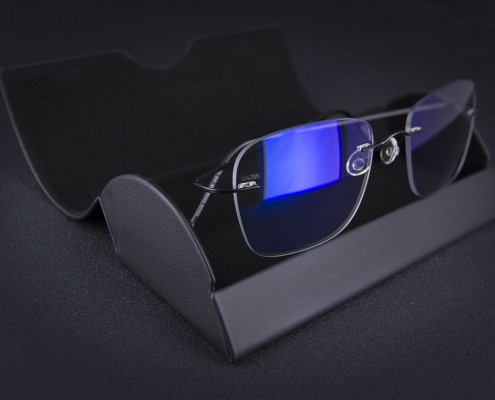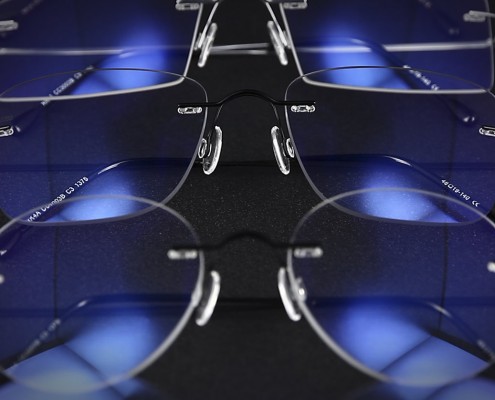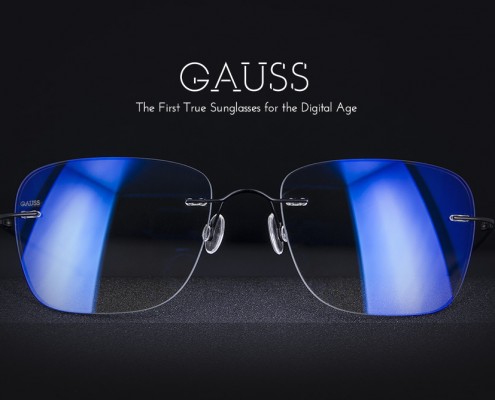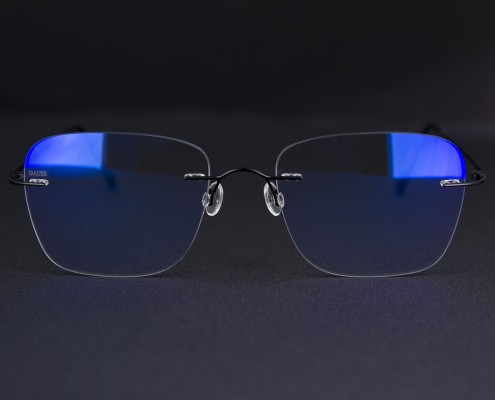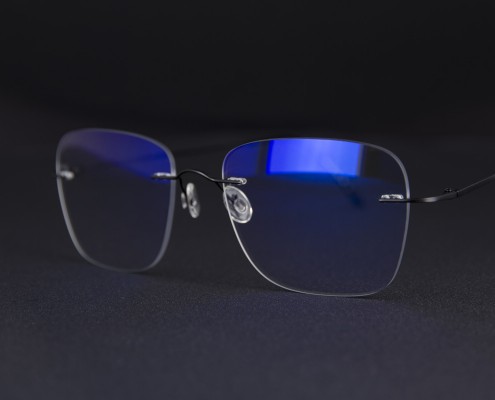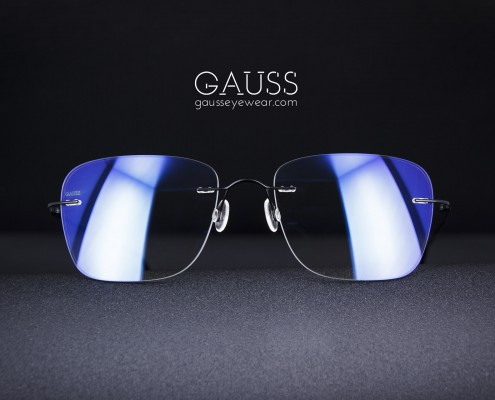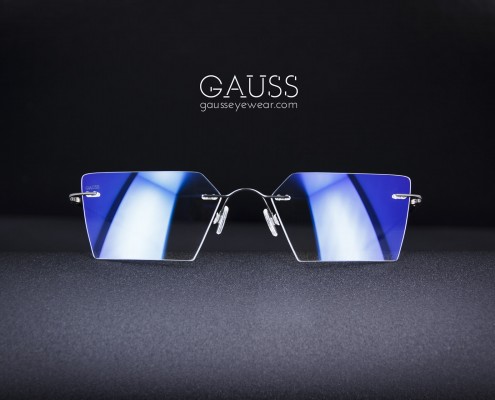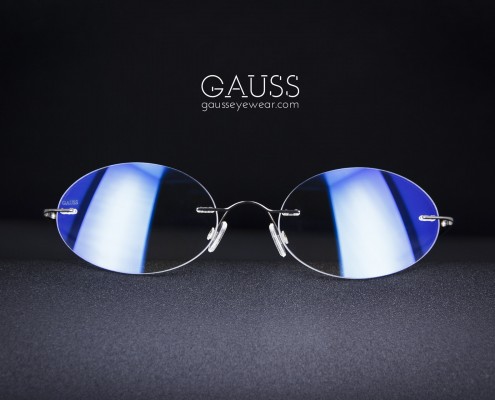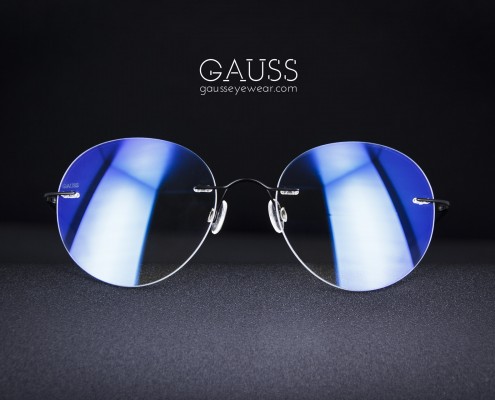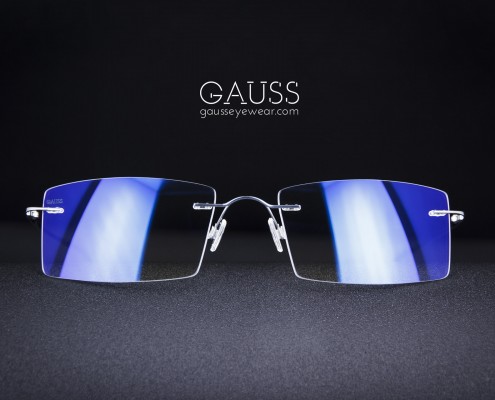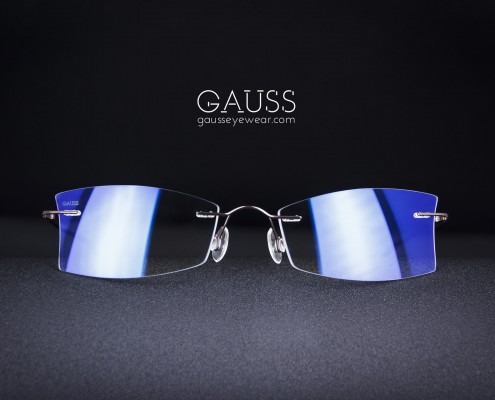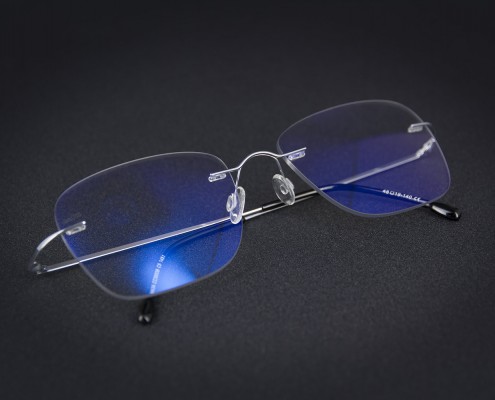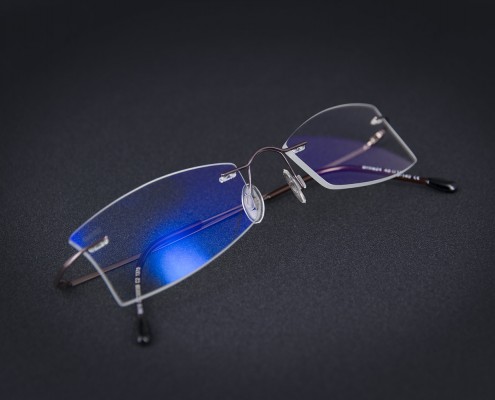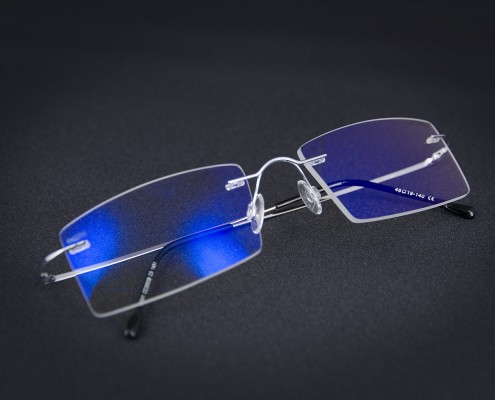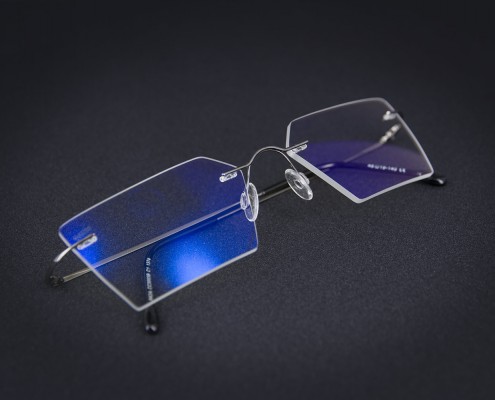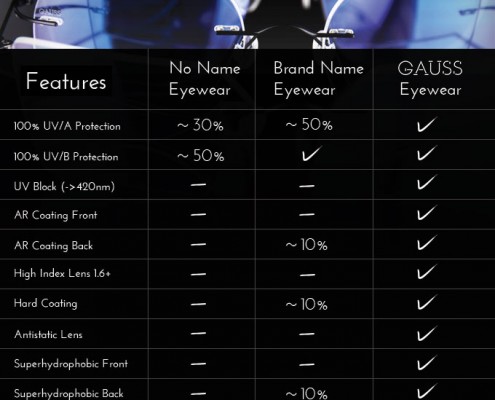Resources
About
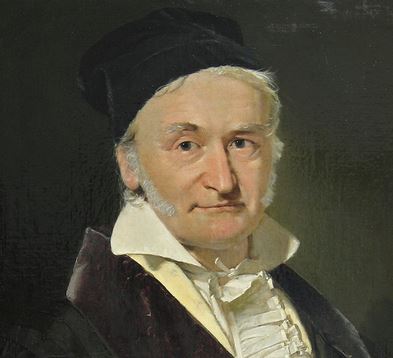
Name & Inspiration
Gauss Eyewear has it’s name from the great mathematician Carl Friedrich Gauss who published his classical book on geometrical optics in 1841.
Besides his work in optics he took nothing for granted and created ground breaking work in the fields of mathematics, astronomy and physics.
Gauss is a tribute to Carl Friedrich Gauss and in the same spirit we want to keep innovating and enabling people to benefit from the best lens technology at fair prices.
Contact
Jay Uhdinger
Co-Founder, Gauss Eyewear
http://gausseyewear.com
[email protected]
Other Projects:
Virtual reality headset cover for Oculus Rift & Samsung Gear VR
http://vrcover.com
Personal website
http://jayuhdinger.com

